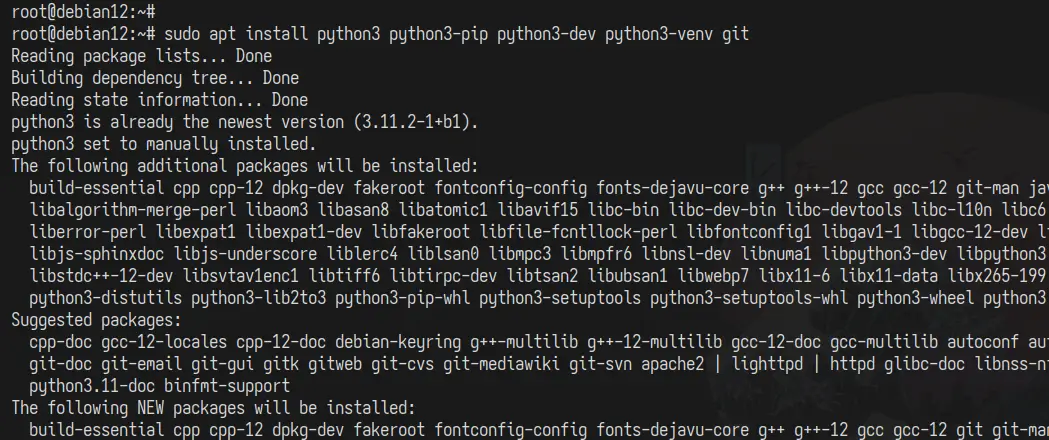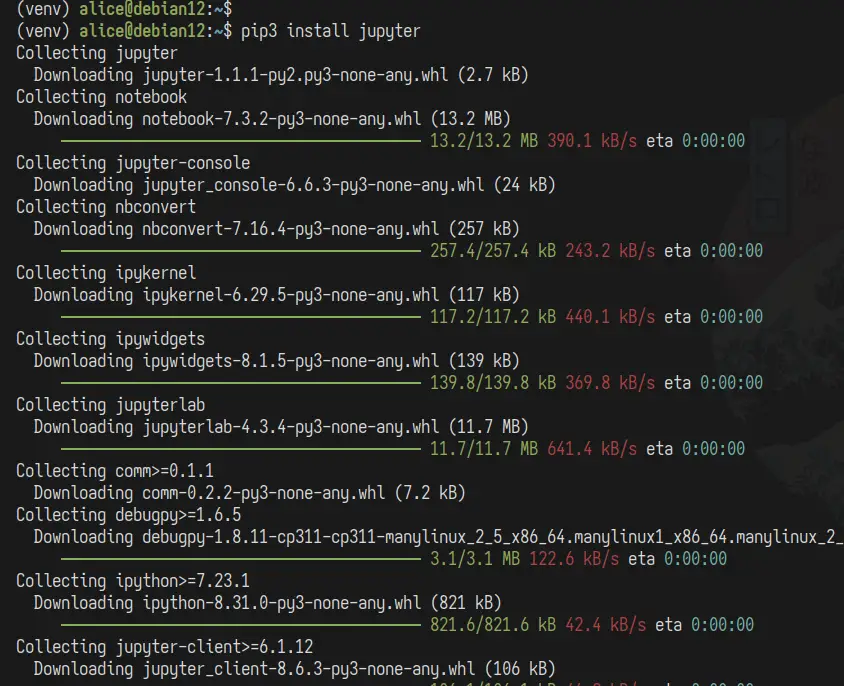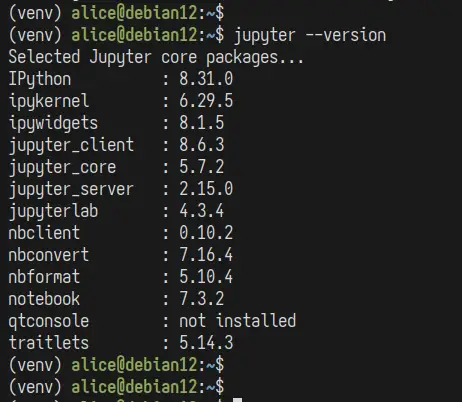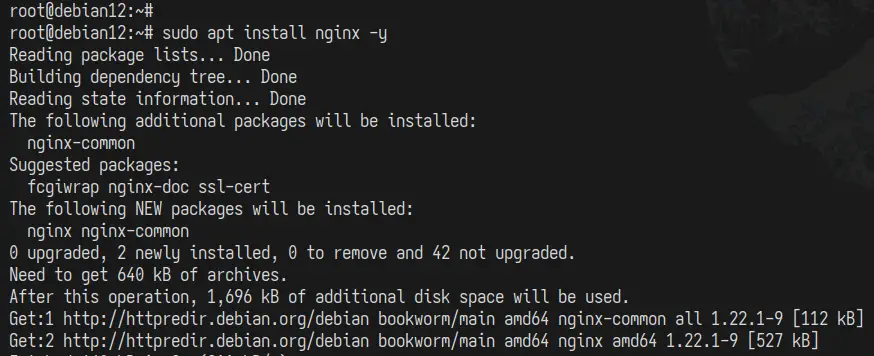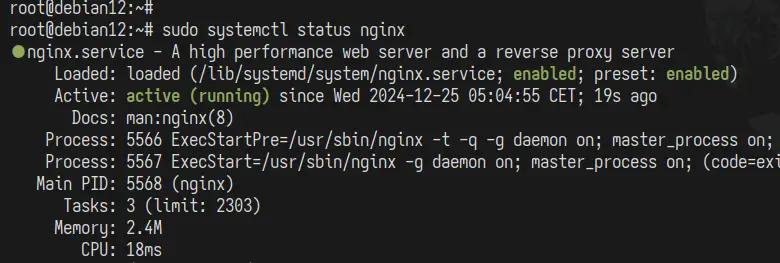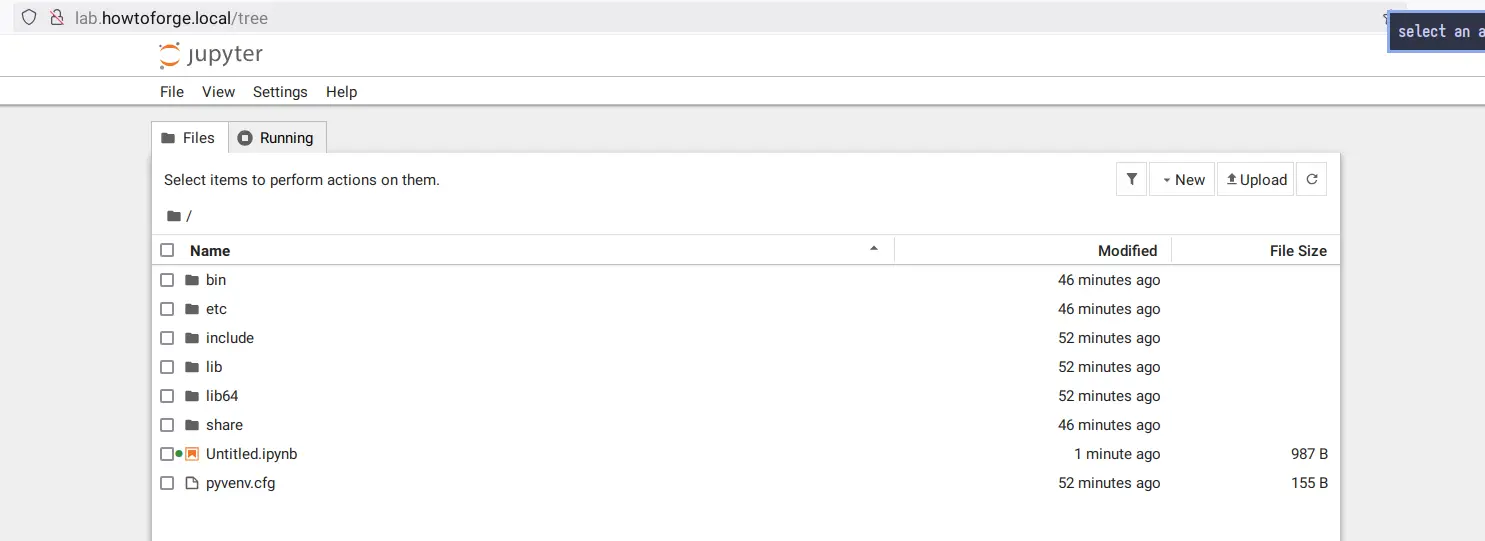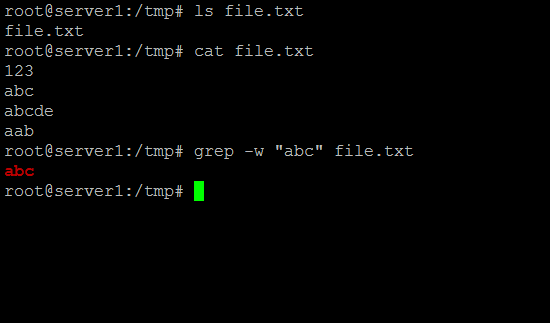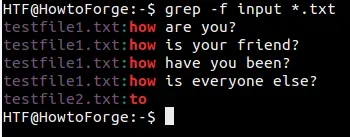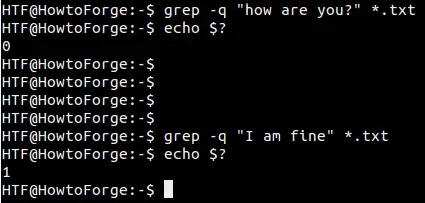Cum repari erorile apărute după un update Windows 10/11 pas cu pas
Ai făcut un update la Windows 10 sau 11 și calculatorul/laptopul merge mai greu, apar erori ciudate sau unele aplicații nu mai pornesc? Se întâmplă frecvent ca după o actualizare să apară probleme de compatibilitate, drivere care nu mai funcționează cum trebuie sau fișiere corupte.
[mai mult...]

